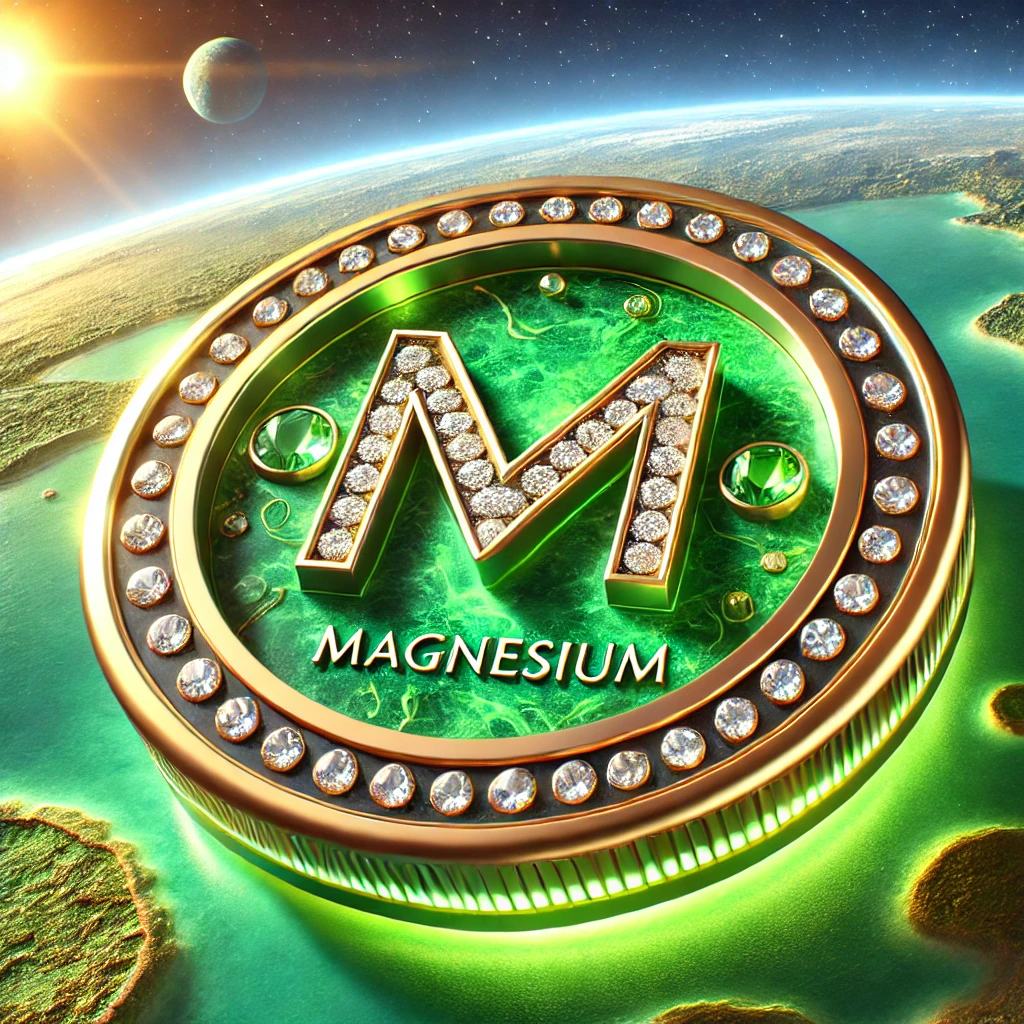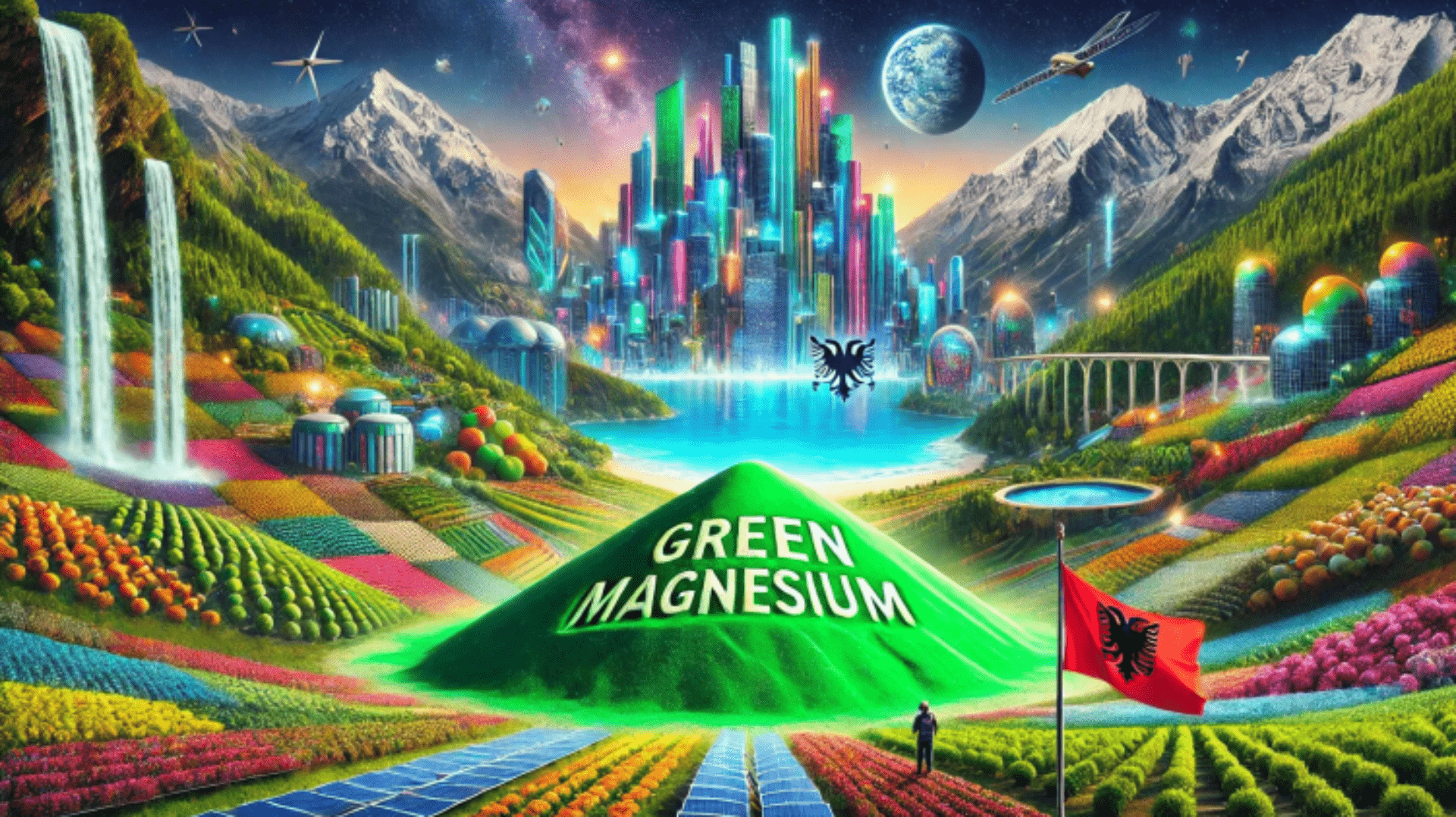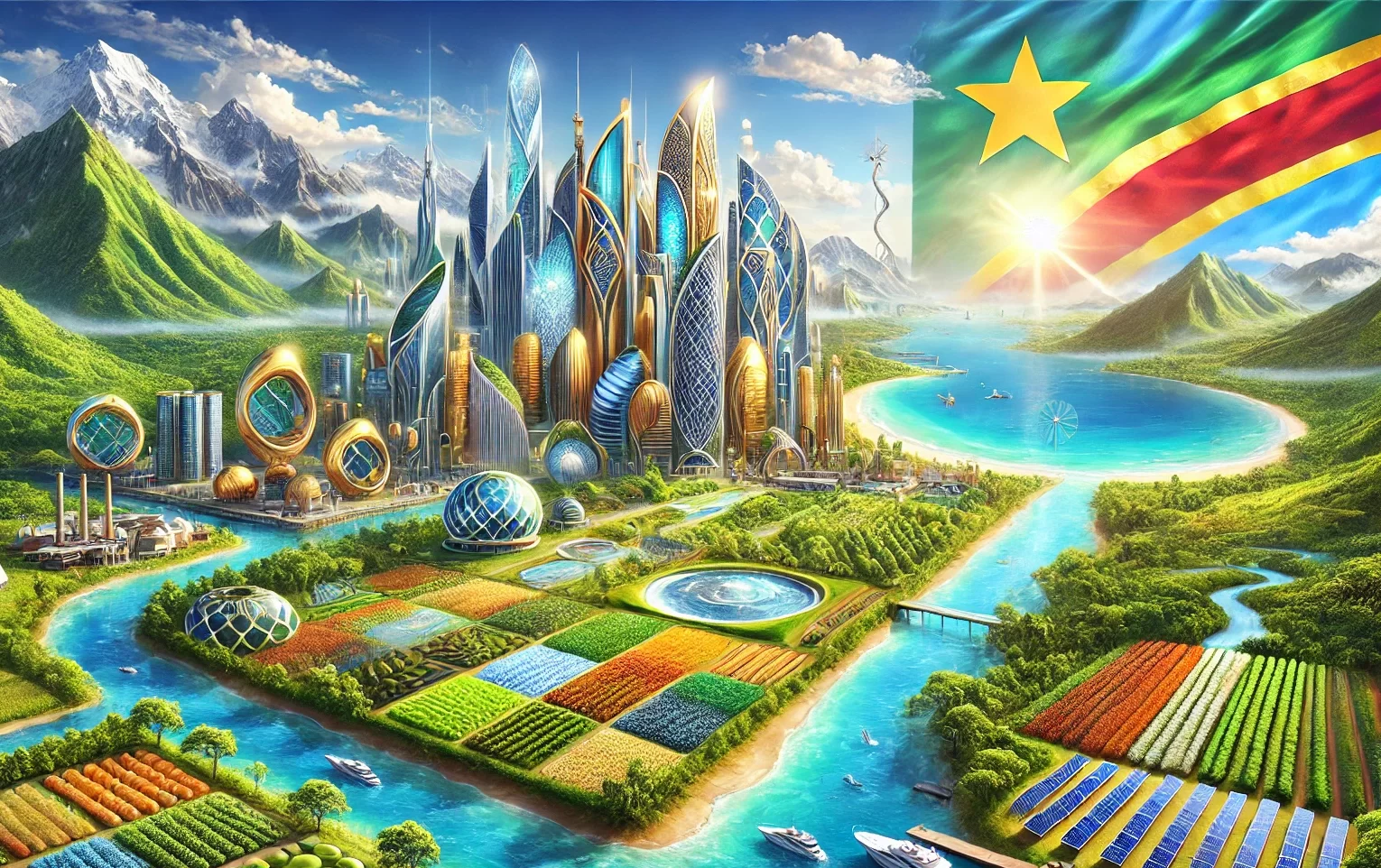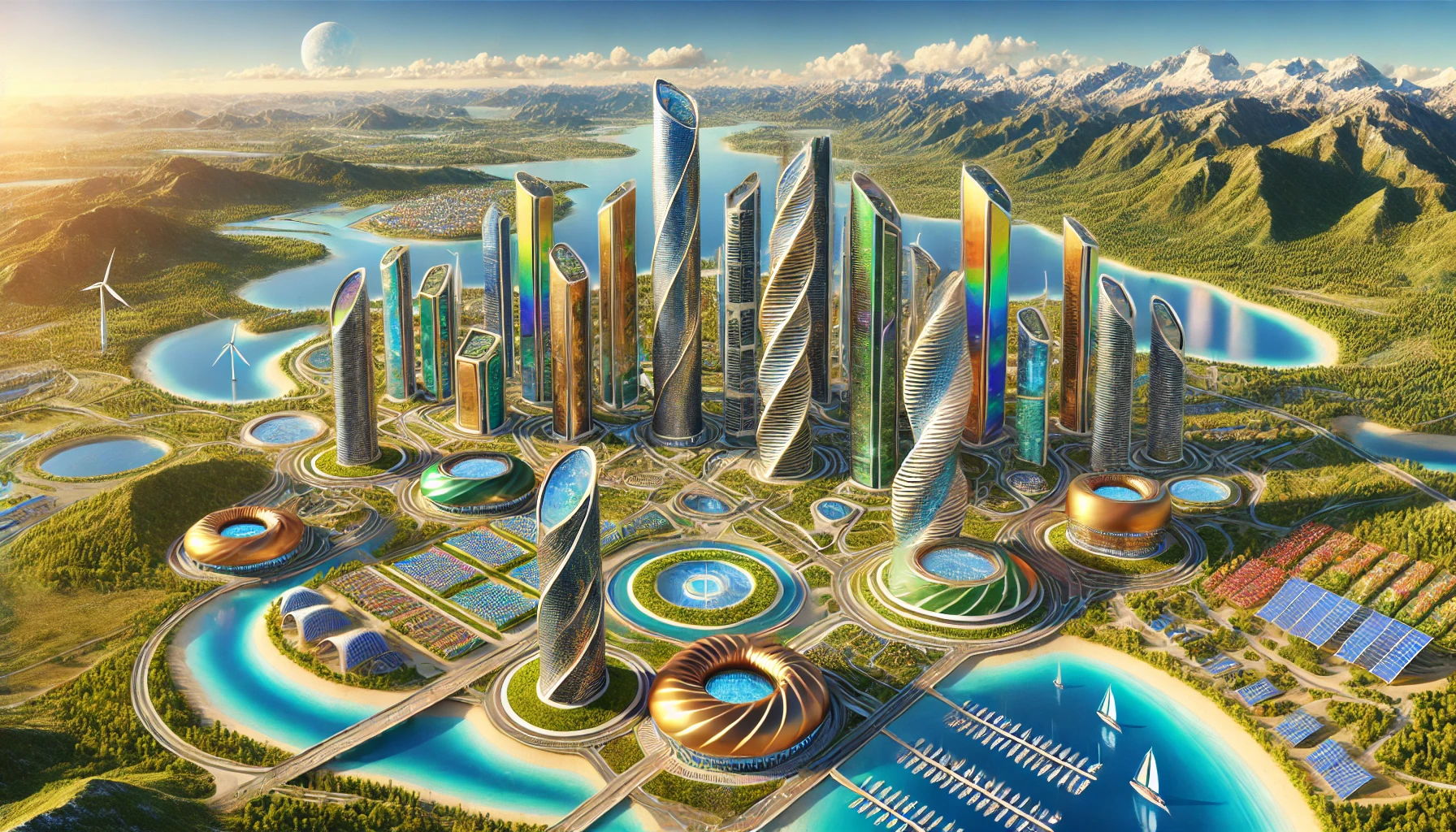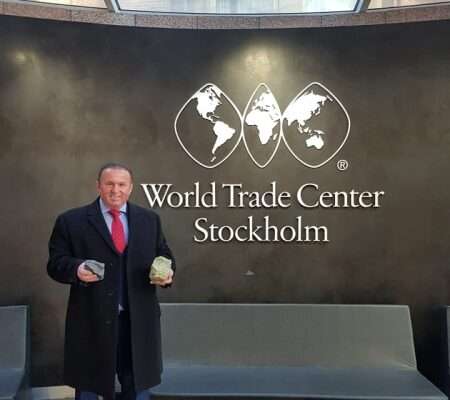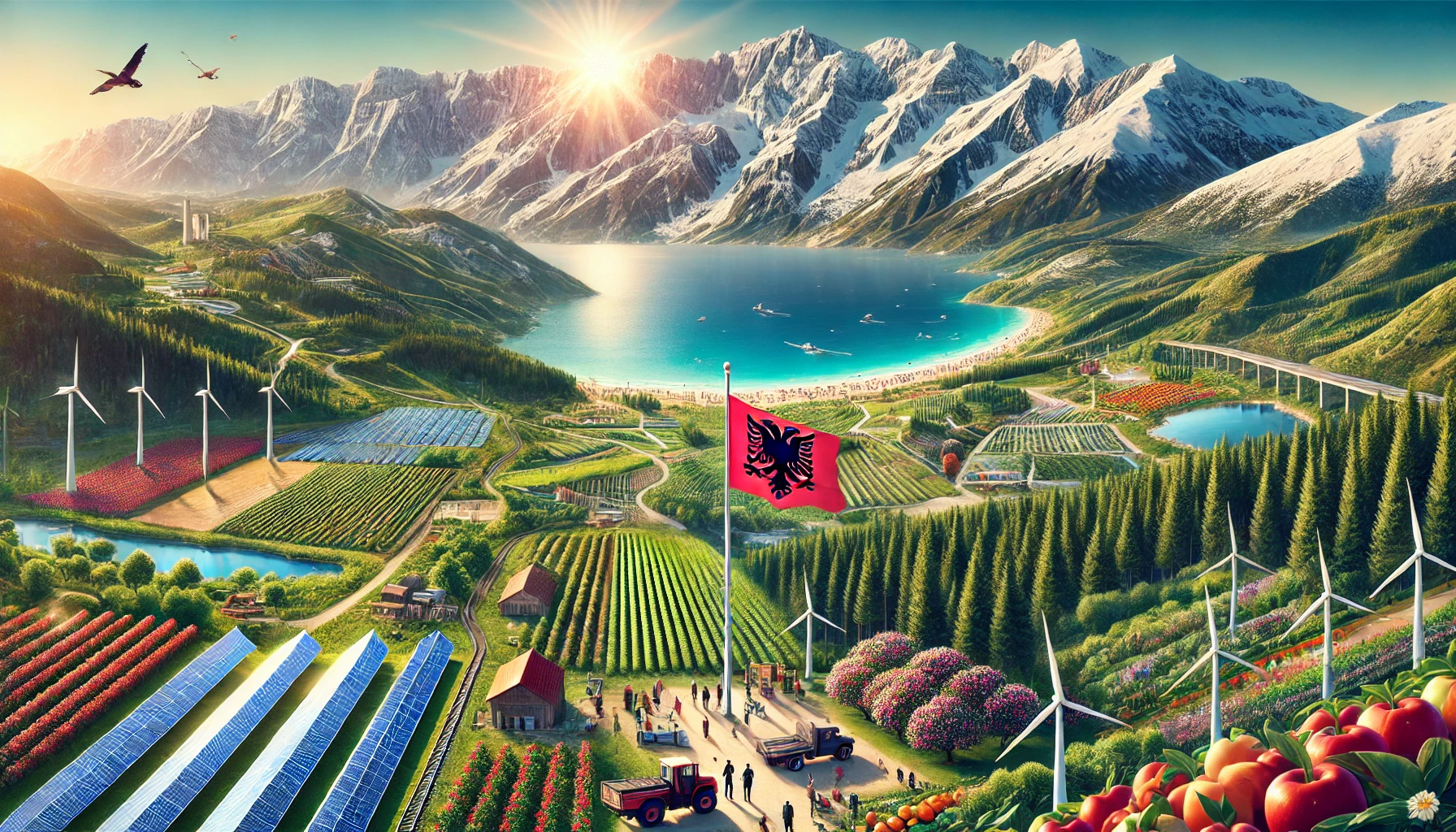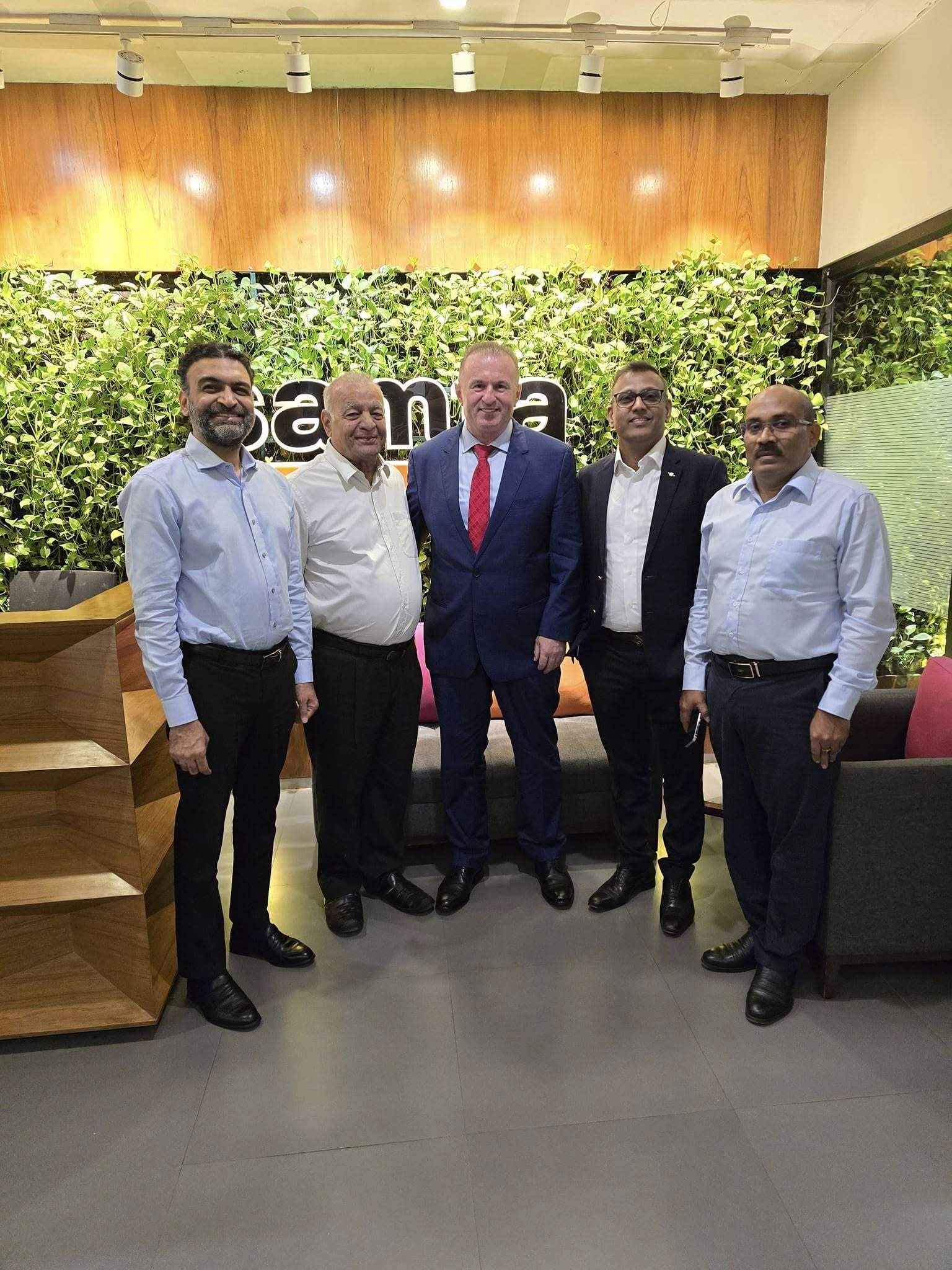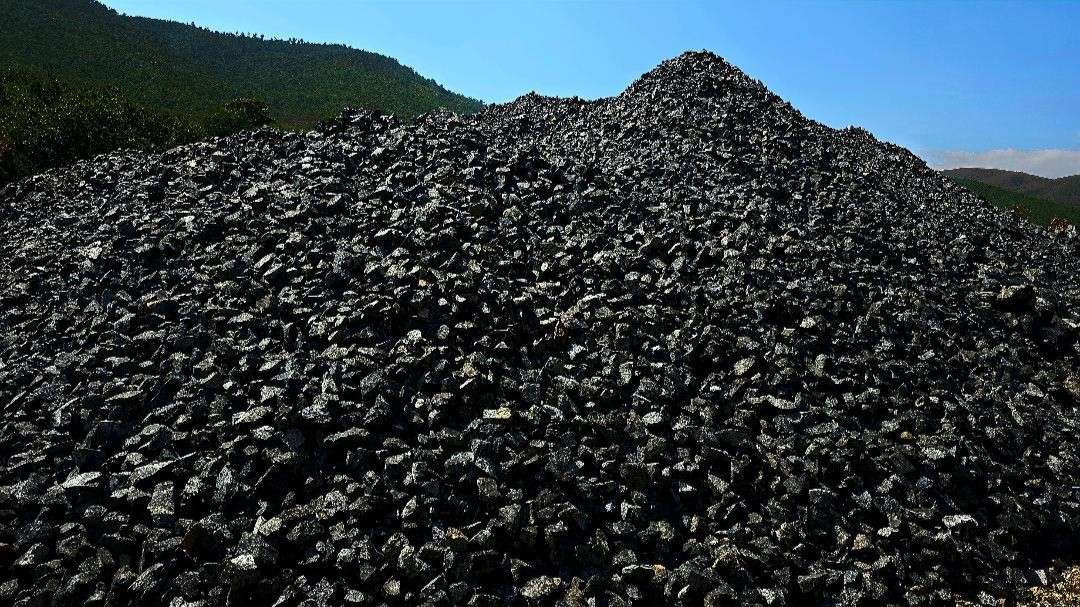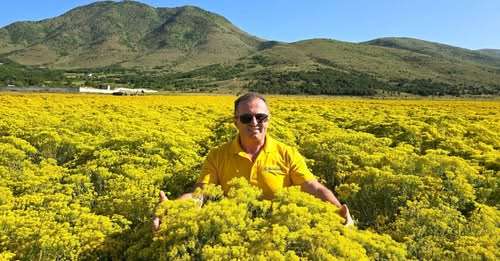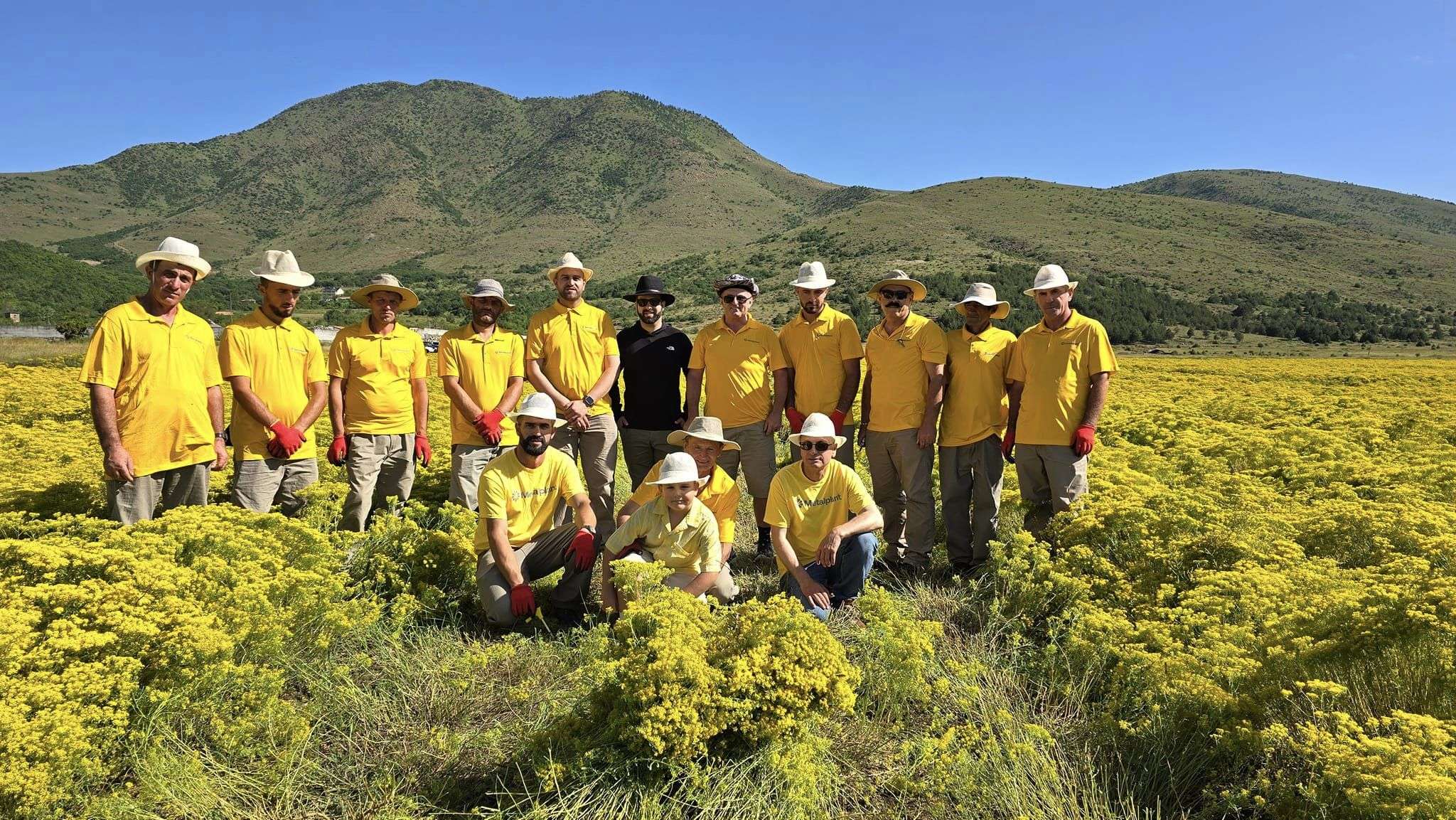
 Green Magnesium Used in Beach in Albania
Green Magnesium Used in Beach in AlbaniaIn a groundbreaking advancement within the realm of environmental science and public health, an ingenious solution has emerged to confront the widespread crisis of global water pollution. This innovative approach, rooted in cutting-edge scientific research and sustainable practices, heralds a transformative era in how we address one of the most pressing challenges facing humanity today.
The World Health Organization reveals a staggering reality: unsafe drinking water, coupled with inadequate hygiene and sanitation facilities, is responsible for approximately 88 percent of deaths attributed to diarrheal diseases. Alarmingly, this results in the tragic loss of 900 children under the age of five each day, equating to a heart-wrenching loss of one child every two minutes. As underscored by UN-Water, human settlements, industrial operations, and agricultural practices are the primary culprits behind rampant water pollution. Each year, the lack of sufficient water supply and sanitation claims the lives of around 3.5 million individuals.
The quest for universal access to clean water and sanitation is enshrined in the United Nations Sustainable Development Goals, with a targeted aim of achieving equitable and affordable drinking water access by 2030. This goal transcends mere health improvements; it also seeks to rectify gender disparities. In regions like Africa, women and girls bear the brunt of water collection responsibilities, often dedicating up to six hours daily to this labor. By ensuring equitable access to water, we can dramatically boost agricultural productivity and alleviate hunger for countless families.
Water is not merely a resource; it is the very essence of life on Earth. It serves as a cornerstone for drinking, cooking, sanitation, agriculture, energy production, and recreational pursuits. The World Health Organization highlights that 2.2 billion people currently endure limited access to safe drinking water, and projections indicate that by 2025, half of the global population will inhabit water-stressed regions.
Water is an elemental force central to life, industry, and agriculture. The high water content within the human body underscores its vital role in sustaining health. Investment in sustainable water management practices, infrastructure, and technologies is essential for guaranteeing reliable access to clean water for all.”
The sustainability of human existence is intricately linked to the effective management of water resources. He advocates for equitable access, the protection of water quality, and the implementation of conservation measures as fundamental pillars for cultivating a sustainable future. Confronting the dual crises of water pollution and scarcity is critical, carrying profound implications for health, ecosystems, agriculture, and global sustainability.
Addressing these formidable challenges necessitates a multifaceted approach that encompasses international cooperation, innovative technologies, policy initiatives, and community engagement. My efforts to recognize water as a precious and finite resource align seamlessly with the global imperative to secure a sustainable future for our planet.
Drawing inspiration from nature highlights ecological principles that provide profound insights into sustainable environmental solutions. The natural optimization of processes, including filtration mechanisms found in minerals, forests, and soil, offers invaluable lessons for engineered systems aimed at purifying air and water. By emulating these natural processes, researchers can pioneer sustainable methodologies for water treatment.
The Alpine region of Europe, celebrated for its pristine water sources, stands as a beacon of clean water excellence. The Alps, spanning countries such as Albania, Montenegro, Kosovo, Slovenia, Switzerland, Austria, France, Germany, and Italy, boast high mountain ranges and untouched aquatic ecosystems. Tropoje, Albania, distinguished by its breathtaking natural beauty and significant reserves of magnesium olivine, plays a pivotal role in this narrative. The region’s unblemished air and water, combined with its diverse mineral wealth, underscore its critical environmental significance.
Green Magnesium , abundant in Tropoje, is revered for its ability to combat climate change and ocean acidification by capturing carbon dioxide and converting it into vital nutrients. Moreover, the natural filtration properties of magnesium rock are essential for maintaining water quality.
The collaborative strides made with international partners from the U.S., Japan, and China, who are engaged in studying the unique environmental characteristics of Tropoje. This research has culminated in the creation of olivine-based products designed to enhance water purification processes. The integration of green magnesium olivine with advanced technologies and artificial intelligence signifies a monumental leap in water treatment methodologies. By harnessing these tools, we can refine and elevate the sustainability of water management strategies.
My unwavering commitment to sustainable resource management and eco-friendly technologies reflects a broader global shift towards responsible business practices.
Sahit Muja
New York






















